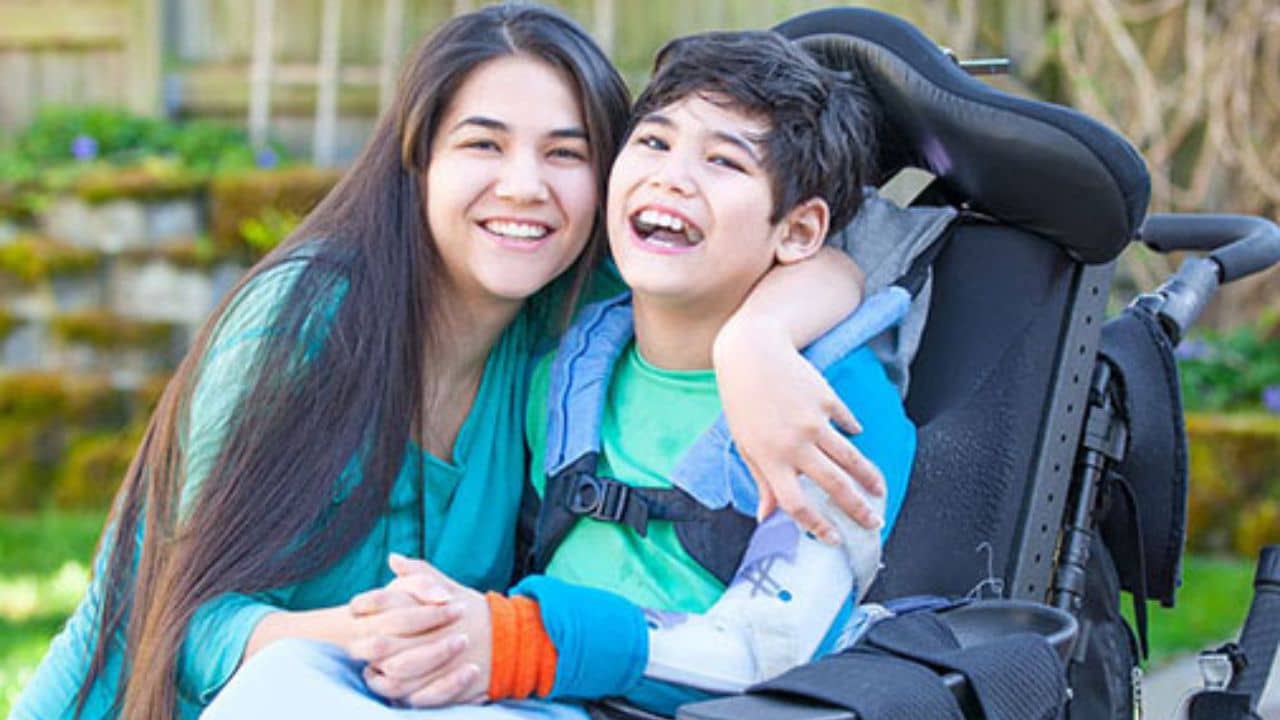Autism spectrum disorder (ASD) has long been a subject of both curiosity and misunderstanding. However, over the past few decades, there has been a shift in the narrative surrounding autism – from mere awareness to a profound understanding of neurodiversity. Autism acceptance goes beyond surface-level recognition; it advocates for the appreciation of autistic individuals’ unique perspectives, strengths, and challenges. In this blog article, we delve into the concepts of autism acceptance and awareness, exploring their significance, impact, and the steps we can take to foster a more inclusive and understanding society.
Understanding Autism Spectrum Disorder
Autism, often referred to as a spectrum, encompasses a range of strengths and challenges that manifest differently in each individual. The traditional medical model focused on deficits and limitations, but the neurodiversity paradigm recognizes that autism is not a disorder to be cured, but a natural variation of human neurology. This shift in perspective has led to a more positive and respectful approach, emphasizing the inherent value of every individual.
Autism Awareness vs. Autism Acceptance
While autism awareness initially aimed to increase general knowledge about autism, it often fell short in creating meaningful change. Awareness campaigns sometimes portrayed autistic individuals as passive recipients of charity, reinforcing a sense of otherness. Autism acceptance, on the other hand, aims to break down barriers and eliminate stereotypes. It encourages society to respect and support autistic individuals’ rights, aspirations, and contributions.
Here you can see the key differences between Autism Awareness and Autism Acceptance:
| Aspect | Autism Awareness | Autism Acceptance |
| Perspective | Views autism as a disorder to be fixed | Recognizes autism as a natural variation |
| Goal | Increasing general knowledge | Promoting understanding and respect |
| Focus | Deficits and challenges | Strengths and diversity |
| Attitude | Pity and charity | Respect and equal rights |
| Language | “Suffering from autism” | “Autistic person” or “on the autism spectrum” |
| Representation | Often portrays autistic individuals as passive recipients of aid | Portrays autistic individuals as capable individuals contributing to society |
| Inclusion | May not necessarily lead to inclusive practices | Encourages inclusive environments |
| Advocacy | Can lack active advocacy for rights and accommodations | Advocates for equal rights, accommodations, and opportunities |
| Understanding | May perpetuate stereotypes and misunderstandings | Challenges stigma and promotes accurate understanding |
| Empowerment | May not empower autistic individuals to embrace their identity | Empowers autistic individuals to be self-advocates and embrace their identity |
| Relationships | May not necessarily foster genuine connections | Fosters authentic relationships based on mutual understanding |
| Long-Term Impact | Limited impact on creating lasting change | Promotes societal shifts and positive changes |
The Impact of Autism Acceptance
1. Empowerment: Autism acceptance empowers autistic individuals to embrace their identity and advocate for their needs. It instills a sense of self-worth and encourages them to reach their full potential.
2. Inclusion: Acceptance encourages the creation of inclusive environments where autistic individuals can participate in various aspects of society without fear of judgment or exclusion.
3. Reducing Stigma: Acceptance challenges stigma and misinformation, promoting an environment where autism is seen as a natural variation of humanity, not a deficit.
4. Positive Relationships: Acceptance fosters genuine connections between autistic individuals and their peers, family, and community members. These relationships are based on mutual respect and understanding.
Fostering Autism Acceptance and Awareness
1. Education: Educate yourself and others about autism, moving beyond stereotypes to understand the wide range of experiences and capabilities within the autistic community.
2. Amplify Autistic Voices: Listen to and elevate the voices of autistic individuals. Their perspectives provide invaluable insights into their own experiences and needs.
3. Challenge Stereotypes: Challenge and dispel myths and misconceptions about autism whenever they arise. Use conversations as opportunities to promote accurate information.
4. Advocate for Inclusion: Advocate for inclusive education, workplaces, and communities. Encourage policies and practices that ensure equal access and opportunities for autistic individuals.
5. Practice Empathy: Approach interactions with empathy and understanding. Recognize that everyone’s experiences are unique, and a little patience can go a long way.
Conclusion
Autism acceptance and awareness are intertwined with building a more compassionate and inclusive society. By embracing the principles of neurodiversity, we can move beyond stereotypes, challenge misconceptions, and create environments where autistic individuals are valued for their strengths and contributions. Through education, advocacy, and fostering genuine connections, we have the power to create a world that not only understands autism but fully embraces and celebrates the beautiful diversity it brings to our lives.




